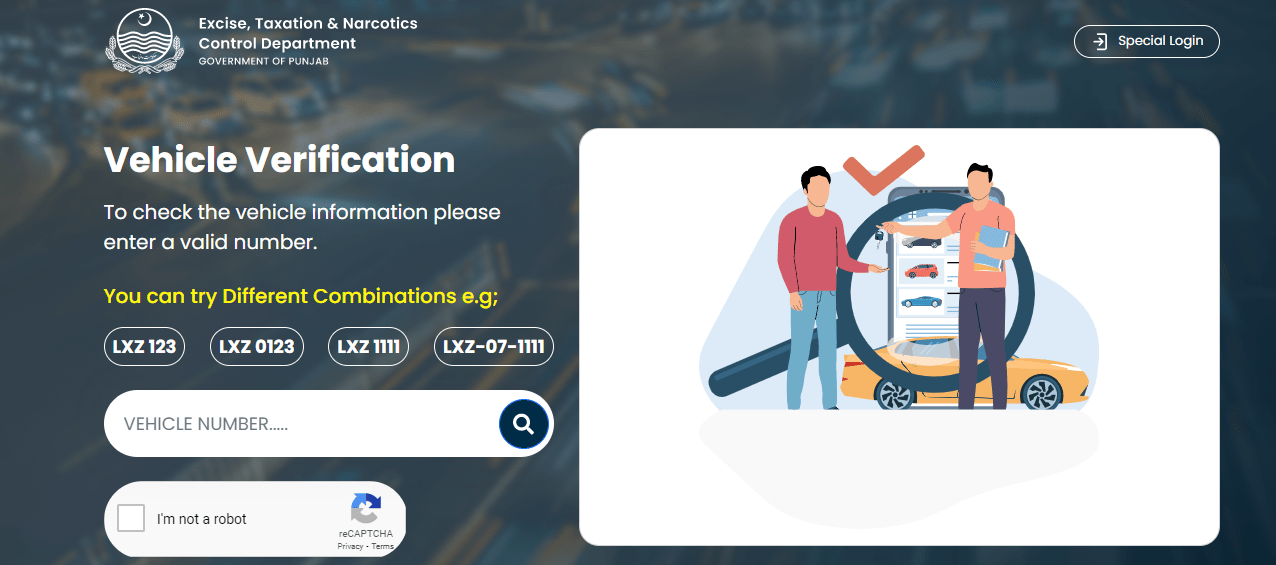
In the tough field of transport and supply chain, being efficient is top priority. Each saved moment, each improved mile, and smart use of resources can lead to a big lead over others. Then we have Motor Transport Information Management Systems (MTMIS), a tool changing how we manage fleets. Now think about what happens if you mix MTMIS with cloud technology. Get ready, we’re going to dive into how this shakes up efficiency in the world of moving things. To check if a vehicle in Punjab, Pakistan is legal and find out who owns it go to: mtmis.excise.punjab.gov.pk
Scalability When Needed: On-premise MTMIS often come with big early costs for both hardware and software making it harder to grow your fleet. Cloud-based MTMIS though, let you scale up whenever you need to. If you have to include more vehicles or users just tweak your service plan. This gets rid of the need for pricey hardware changes or dealing with complex IT setups. Such flexibility lets you adjust to new business demands without spending too much.
Access from Any Place: Forget being stuck at your office computer to look at important fleet details. With cloud-based MTMAIS, you get to see data in real-time from any gadget that can go online. Dispatchers keep track of shipments, fleet heads watch how things are going, and drivers get new info while they are out and about. This easy access helps everyone work together better, make quick choices, and enhances how well operations run.
Cloud Computing Lightens IT Work: Running your IT setup demands lots of effort. The cloud lightens this load. Your cloud host manages servers, updates software, and applies security moves setting your IT crew free to work on main business things. You get to shift work to projects that help your business grow and get new ideas.
Better Safety and No Worries: Cloud hosts pour money into strong safety to guard their data places. This means stronger protection for your MTMIS info than what you’d get with systems at your place. Cloud services also have extra backup, which means less stopping work if there are tech breaks big storms, or no power. This lets you keep your head in the game on your business stuff and not stress about losing data or having breaks in your service.
Costs Go Down: Cloud MTMIS lets you pay as you use so no big cash is needed for computers and programs at the start. You will spend less at first and your bills every month won’t be a surprise. This makes it easy to handle how much you spend on computer stuff. Plus, you don’t need as many IT people, which means you keep more of your money helping your company do better with its cash.
Last Words:
Cloud tech is more than a hot topic; it’s the next big thing for MTMIS and taking care of a bunch of vehicles. If you go for the cloud, you’re in for a treat with better work faster changes, and spending less money. The way we move things around keeps changing, and cloud MTMIS is leading the pack. It gives companies the power to handle tough stuff, grab new chances, and be the best in the game.
